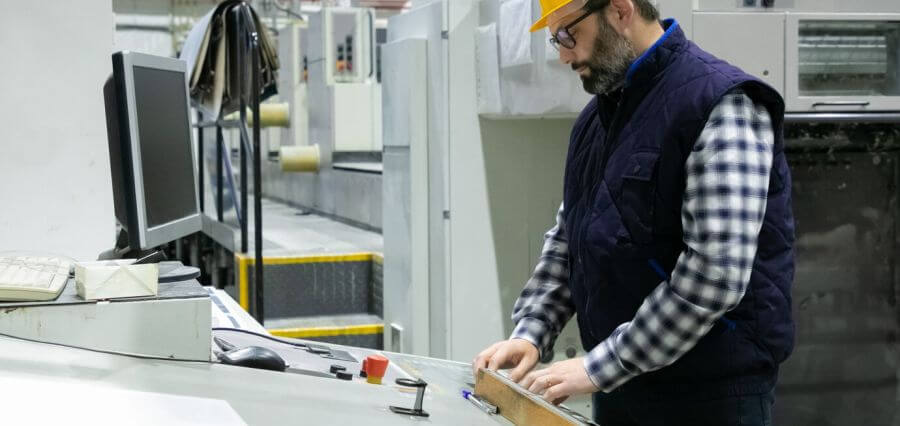CNC (Computer Numerical Control) machines have become revolutionary tools in the manufacturing industry due to their precision, efficiency, and adaptability. Computers control them through computer software to enable them to perform various operations, including cutting, drilling, milling, and turning, with great precision.
Harbinger Engineering offers a variety of computer numerical control machines to address various manufacturing requirements. This article will provide an overview of the types of Computer Numerical Control machines and their uses.
5-Axis Machining Centers
5-axis CNC machining centers are considered the ultimate CNC solution, ideal for achieving high accuracy and processing intricate shapes and forms. They release the cutting tool or the workpiece from the constraints of the third and fourth axes, and 5-axes can move a tool or part in five different directions at once. This capability enables the creation of complex parts with excellent dimensional accuracy and surface finish.
5-axis machining is common in aerospace, automotive, and medical industries because it manufactures complex and precise products. These machines mainly manufacture turbine blades, engine parts, and medical implants.
3-Axis Milling Machines
Three-axis operated milling machines are widely used for their flexibility and ease of implementation. These machines control the movement of the cutting tool in three orthogonal directions: X, Y, and Z. Such machines are ideal for producing parts with simple to average complex shapes and sizes.
3-axis milling is used in manufacturing to produce parts such as brackets, housings, and fixtures. Due to their affordability and versatility, these machines, offered mainly by Harbinger Engineering, benefit the automotive, electronics, and general manufacturing industries.
2-Axis Turning Machines
2-axis CNC turning machines, or CNC turning lathes, are used in precision turning and facing. They mainly deal with cylindrical components. The workpiece is fed in a rotational motion, whereas the cutting tool performs operations in two directions, X and Z.
These machines are particularly useful in manufacturing parts like shafts, pulleys, and bushings. Many automotive, aerospace, and oil and gas manufacturing industries use them because they allow for the creation of highly accurate cylindrical parts.
FDM 3D Printers
The CNC technology that falls under the category of additive manufacturing is FDM, which stands for Fused Deposition Modeling 3D printers. In contrast to the subtractive CNC machines that involve cutting away materials, FDM printers deposit materials progressively to create parts.
FDM 3D printers are mainly used to generate prototypes, fixtures, and small-batch production of plastic components. Consumer product manufacturers, education, and medical device manufacturers use FDM printers to rapidly prototype complex parts with various materials, including PETG, nylon, ABS, and TPU.
Summary
CNC machines have become essential to today’s manufacturing processes due to their precision, flexibility, and speed. There is the five-axis machining center, which can work with geometrically complex products; three-axis mills, which have high universality; two-axis turning equipment, which specializes in cylindrical parts; and FDM 3D printers for creating prototypes for a short time.
CAD/CAM integration improves the manufacturing process even more while finishing services guarantee the highest quality of the final product. This article explores various CNC machines offered by Harbinger Engineering to enlighten you on how to differentiate between various CNC machines and their possible uses.

